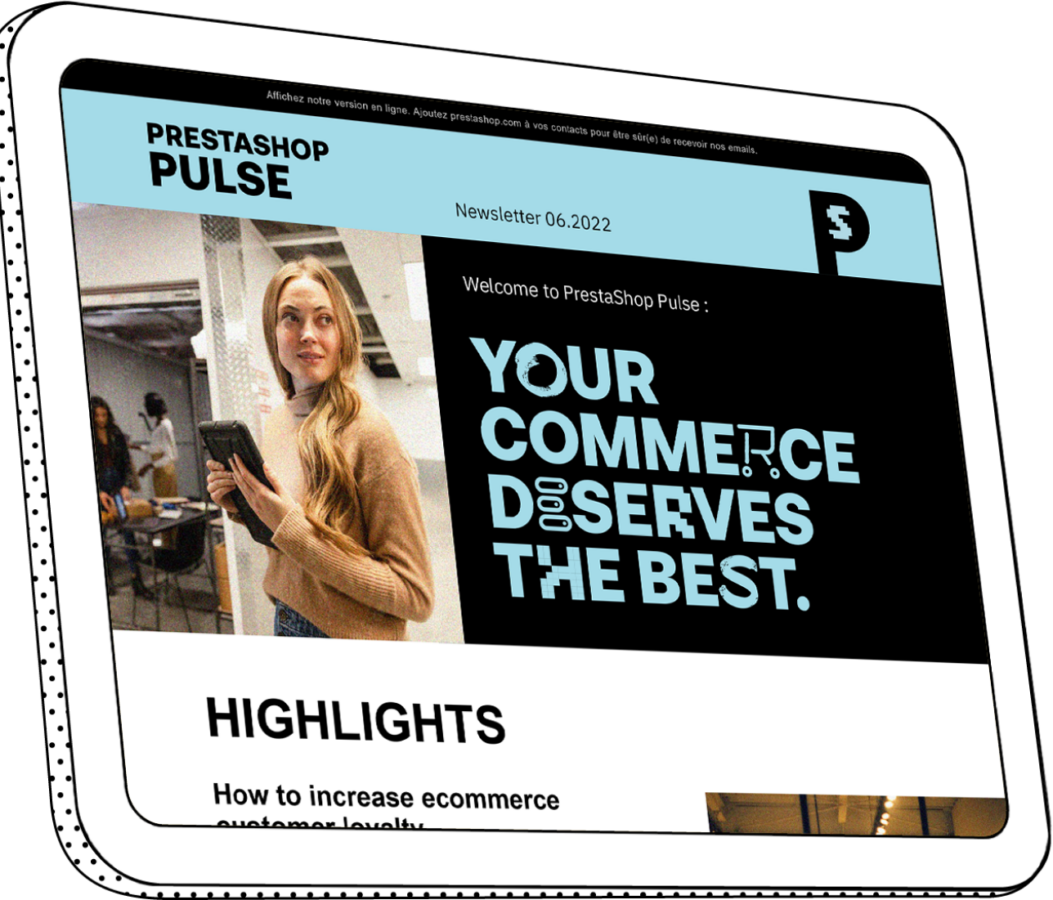What you need to know about the circular economy
The newest generation of consumers entering the marketplace grew up with different values than their predecessors. To them, the Industrial Revolution wasn’t one of humanity’s most outstanding achievements. Instead, it marks when civilization began destroying the planet at an increasing speed.
Not only does this younger generation expect sustainability in their products, but their ideas are beginning to rub off on their parents. Now, consumers of all ages demand changes to the previously linear system. In this familiar scenario, manufacturers create products with excessive packaging, which end up heading directly into the garbage.
Enter: the circular economy
Instead, they’re looking for a more circular economy. According to the Ellen MacArthur Foundation, a circular economy is based on three guiding principles:
1. to design out waste and pollution
2. to keep products and materials in use at their highest value
3. to regenerate natural systems.
Not only is this version of manufacturing what customers are asking for, but it also contains benefits for retailers. And, as we become increasingly globalized and cross-border payments more common, the importance of sustainable trade is more important than ever for planetary health. Let’s look at how ecommerce can benefit from moving to a more circular economy.
You get what you pay for
The cost of living in the 21st century is only getting more expensive, and customers expect to receive high value from costly items. No longer buying the latest and greatest cell phone as soon as it hits the market, users are now hanging onto their devices for as long as four years.
They’re also buying secondhand items more often. While some may think of churn-and-burn operations like GameStop when they hear about these trade-in and redemption programs, they’re becoming more prevalent among prestige brands. For example, REI has long purchased used gear from its customers for resale, but its program continues to evolve. They now also offer trade-in gift cards as store credit.
Reduce, reuse, recycle
It’s no longer solely the mantra of tree-hugging environmentalists or elementary school teachers. Manufacturers are listening to their customers by reducing the packaging in their products. The packaging that does get used tends to be made from recycled material, and industrial engineers are working hard to find even further ways to make a little bit of packaging go a long way.
They’re also researching new methods of dealing with the byproducts from the manufacturing process itself. This is becoming especially prevalent in food manufacturing. For example, when producing tofu, soy fiber waste is usually discarded. A company called Renewal Mill has partnered with the tofu manufacturer Hodo Foods, and now instead of tossing out those fibers, they dry and mill them into nutritional flour.
Resist the urge to impulse buy
When ecommerce stores give consumers the ability to hit that big, shiny “BUY” button instantly, anytime, it leads to many impulse buys. Each of these purchases is shipped in separate packaging and contributes to the massive amounts of trash created daily. While it’s impossible to completely stop people from impulse buying (which is a good thing for business, anyway), retailers can take steps to reduce waste when it does occur.
Amazon Day Delivery is a good example of this. They allow their customers to click away and buy things whenever they want happiness, but they don’t ship any of it until a specific day of the week designated by the customer. This once-a-week shipping method decreases the daily number of boxes arriving at homes and, ultimately, at a landfill.
Customer retention
It’s a generally accepted rule of thumb that it costs five times as much to acquire a new customer as it does to retain existing customers. By making products with longevity in mind, retailers can build ongoing customer relationships. They’ll return for repairs to their treasured items, because being part of a circular economy means keeping products that last longer than the product's initial lifetime in use at their highest value. The days of planned obsolescence are receding, and cheap manufacturers would be wise to heed this advice.
New business opportunities
Except for big-ticket items like vehicles and appliances, the linear system of doing business has nearly wiped out the repair industry. With the return to a more circular approach, new opportunities are being created for products of a smaller size. There's an emerging market, whether by creating a repair department within an existing business or opening a new recycling shop on the corn. Customers want a way to deal with their used products without throwing them in the trash.
Conclusion
The circular economy method is bursting with potential, and consumers vote “YES” with their wallets at record rates. As we’ve seen, ecommerce businesses can benefit from this idea in many ways. Reducing costs by using recycled materials in packaging, and making less of it in the first place, is not only appealing to customers, but it has the added benefit of being environmentally friendly. The circular economy is a great way to do business, and the more participation it receives, the more everyone benefits – customers, retailers, and even the planet itself.






